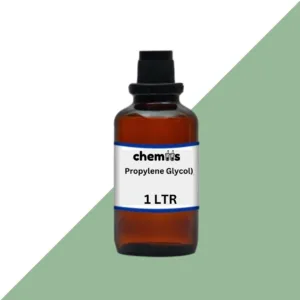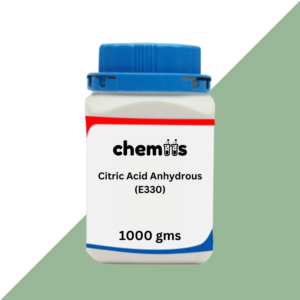Sudan III Solution is a liquid formulation containing Sudan III dye, which is widely used in biological, medical, and industrial applications for its lipid-staining properties. Sudan III, a synthetic azo dye, binds to fats and lipids, allowing them to be visualized under a microscope, making the solution highly valuable in various scientific research, diagnostics, and industrial applications.
Applications of Sudan III Solution
- Biological and Medical Laboratories:
- Lipid Staining in Microscopy: Sudan III Solution is widely used in histology and cytology to stain lipids in tissue samples. It binds to neutral lipids and allows the clear visualization of fat deposits, cell membranes, and fat cells under a microscope.
- Fat Detection: It is commonly used to detect and study fat deposits in cells and tissues, which is essential in diagnosing diseases like atherosclerosis, fatty liver disease, and obesity.
- Bacteriology: Sudan III Solution can be used in microbiological applications to stain lipids in bacterial cells and study lipid content in various bacterial species.
- Pathology: In pathology, Sudan III Solution helps researchers assess fat-related diseases and abnormalities by identifying and highlighting fat accumulation in tissue sections.
- Food Industry:
- Food Testing and Quality Control: Although Sudan III Solution has been used for coloring food in some regions, its application in food colorants is now banned in many countries due to potential carcinogenicity. In the past, it was used for testing and identifying fat content in food products.
- Regulatory Testing: In food testing, Sudan III may be used in trace amounts to test for the presence of fats or oils in food products, but it is not an approved food additive in many regions.
- Chemical and Industrial Applications:
- Dyeing and Staining: Sudan III Solution is sometimes employed in the textile industry for dyeing fabrics, especially in producing reddish hues in synthetic materials like nylon and polyester.
- Polymer Industry: It can be used in the polymer industry as a dye for plastics, helping to color polymers and other synthetic materials.
- Paints and Inks: Sudan III Solution can be incorporated into inks and paints in certain specialized industrial applications, especially where a reddish or orange hue is desired.
- Research and Development:
- Laboratory Testing: Sudan III Solution serves as a valuable tool in laboratories for various research purposes, including the study of lipid content in cells, tissues, and other biological samples. It aids researchers in visualizing lipid-rich components in complex samples.
- Analytical Chemistry: It is also used in chemical and solvent analysis, particularly in determining the solubility and interactions of Sudan III with different solvents.
Safety Guidelines (Handling & Precautions)
Handling Sudan III Solution requires adherence to proper safety procedures due to the potential risks associated with the dye, particularly its possible carcinogenic effects. Below are the essential safety guidelines for using Sudan III Solution:
- General Handling:
- Personal Protective Equipment (PPE): Always wear appropriate PPE when handling Sudan III Solution, including gloves, safety goggles, and a lab coat.
- Ventilation: Ensure the solution is used in a well-ventilated area or under a fume hood, especially when working with large quantities or in closed environments, to prevent inhalation of fumes or vapors from solvents.
- Storage: Store the Sudan III Solution in tightly sealed containers away from direct sunlight, heat, and flame. Keep the solution in a cool, dry place to avoid degradation or chemical reactions with moisture.
- In Case of Spillage:
- Containment: In case of a spill, contain the liquid using absorbent materials such as paper towels or spill pads, then dispose of the contaminated materials according to local hazardous waste disposal regulations.
- Clean Up: Clean the affected area immediately with a suitable solvent like ethanol or acetone to dilute and remove any residual dye. Avoid water, as Sudan III is not soluble in water.
- Health and Toxicity:
- Inhalation: Do not inhale the vapors or dust particles from Sudan III Solution. Prolonged exposure can lead to respiratory irritation or other health issues.
- Skin and Eye Contact: In case of skin or eye contact, wash the affected area immediately with plenty of water for at least 15 minutes and seek medical attention if irritation persists. Sudan III may cause skin irritation and is not safe for direct contact.
- Ingestion: Do not ingest Sudan III Solution. If swallowed, seek medical attention immediately.
- Environmental Safety:
- Disposal: Sudan III Solution is potentially harmful to the environment, so dispose of the solution according to local hazardous waste disposal guidelines. Avoid releasing the solution into drains or water systems.
- Aquatic Life: Take precautions to avoid contamination of water sources, as Sudan III may be toxic to aquatic organisms.
- Health Precautions:
- Carcinogenicity: Sudan III is a known carcinogen in some studies, so it is important to minimize exposure. Always follow safety guidelines to reduce the risk of long-term health effects from repeated exposure.








Reviews
There are no reviews yet.